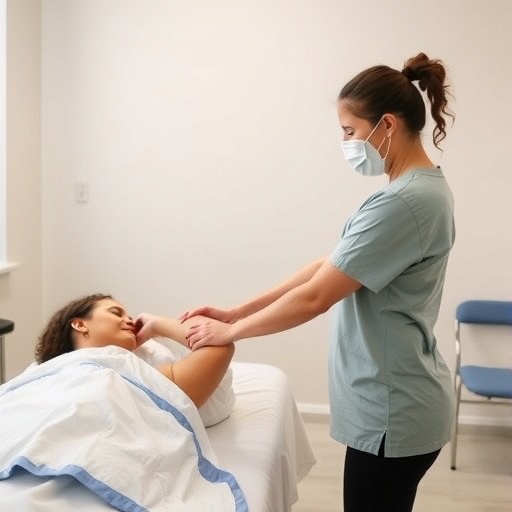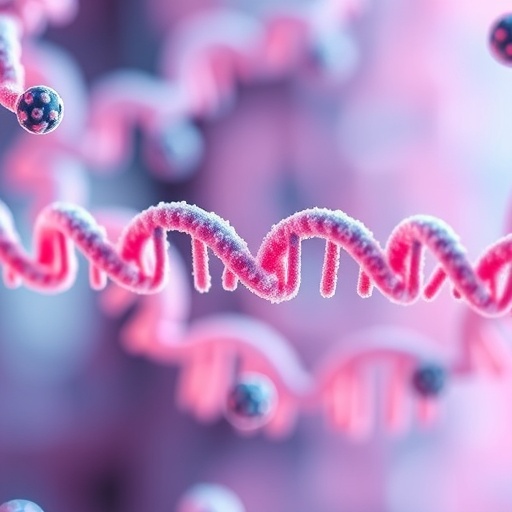
An international research collaboration, led by University of Sydney, has found that exercising at even basic recommended weekly physical activity levels (at least 150 minutes of moderate-intensity activity) may offset some of the harmful effects of drinking alcohol.
Published today in the British Journal of Sports Medicine, this first-of-its-kind study found that for alcohol drinkers, physical activity may decrease the risks of dying both from cancer and from “all-cause mortality” that is, deaths from any cause.
The researchers drew on responses from eight nationally representative baseline health surveys carried out in the United Kingdom between 1994 and 2006 which looked at the impact of physical activity and alcohol consumption on health outcomes.
“Our research suggests that physical activity has substantial health benefits even in the presence of potentially unhealthy behaviours such as drinking alcohol,” said senior author Associate Professor Emmanuel Stamatakis, from the Charles Perkins Centre and Faculty of Health Sciences at the University of Sydney.
“Among physically inactive people, we saw that the risk for cancer and all-cause mortality was higher even at relatively low levels of drinking.
“We also noticed a dose-response relationship between drinking alcohol and cancer deaths, that is the risk of cancer deaths increased as alcohol consumption increased. But this was not the case among physically active people.”
The findings:
Compared with never having been a drinker, drinking even within UK 2015 recommended levels (equivalent in Australia to an average of 2.4 standard drinks per day for men and 1.6 drinks per day for women) was associated with a 36 per cent greater risk of death from cancer as well as a 13 per cent greater risk of death from any cause.
But this risk was substantially lessened or offset among those who were physically active at the basic recommended level (equivalent to at least 150 minutes per week of moderate intensity activity such as brisk walking) or at the upper recommended level (equivalent to at least 300 minutes of moderate intensity activity per week).
In the physically active groups, only harmful levels of drinking were associated with increased risk of cancer death and death from any cause.
Impact of alcohol consumption on risk of dying from cancer (physically active and inactive participants combined):
- Moderate drinkers were 38 per cent more likely to die from cancer
- Hazardous drinkers were 40 per cent more likely to die from cancer
- Harmful drinkers were 74 per cent more likely to die from cancer
Drinking levels were defined as:
- Never drinkers = lifetime abstainers
- Ex-drinkers = previously drank alcohol but had given up for any reason
- Moderate drinkers = up to 17 standard Australian drinks per week for men, up to 11 for women
- Hazardous drinkers = between 17-39 standard Australian drinks per week for men and between 11-29 for women
- Harmful drinkers = over 39 standard Australian drinks per week for men, and over 28 standard drinks per week for women.
“We cannot suggest that doing some exercise is a licence to drink more alcohol, as alcohol abuse causes significant health and societal damage. But given that so many people do drink alcohol, our study gives yet another compelling reason to encourage and empower people to be physically active and ask policy makers to invest in physical activity-friendly environments,” said Dr Stamatakis.
Study details:
- The surveys included questions about alcohol intake and physical activity levels among those aged 40 years and over.
- Physical activity included walking and cycling for any purpose and structured exercise or sport undertaken in the preceding four weeks.
- Total weekly alcohol intake was calculated by adding up the units of each type of drink and multiplying that by the reported frequency of consumption (1 UK unit=0.8 standard Australian drinks).
- 14.6 per cent (5307) of the respondents were lifelong abstainers and former drinkers, while 4845 (13.3 per cent) exceeded the then recommended weekly maximum. Those who said they had had a drink within the preceding week averaged just over 6 units (4.8 Australian standard drinks).
These findings follow a recent review study found that alcohol can cause cancer of the oropharynx, larynx, oesophagus, liver, colon, rectum and breast. These alcohol-attributable cancers at these sites make up 5.8 per cent of all cancer deaths world-wide.
The research was a collaboration between University of Sydney, University College London and University of Montreal.
###
Media Contact
Kobi Print
[email protected]
61-481-012-729
@SydneyUni_Media
http://www.usyd.edu.au/
The post Physical activity may offset some of alcohol’s lethal harms appeared first on Scienmag.




